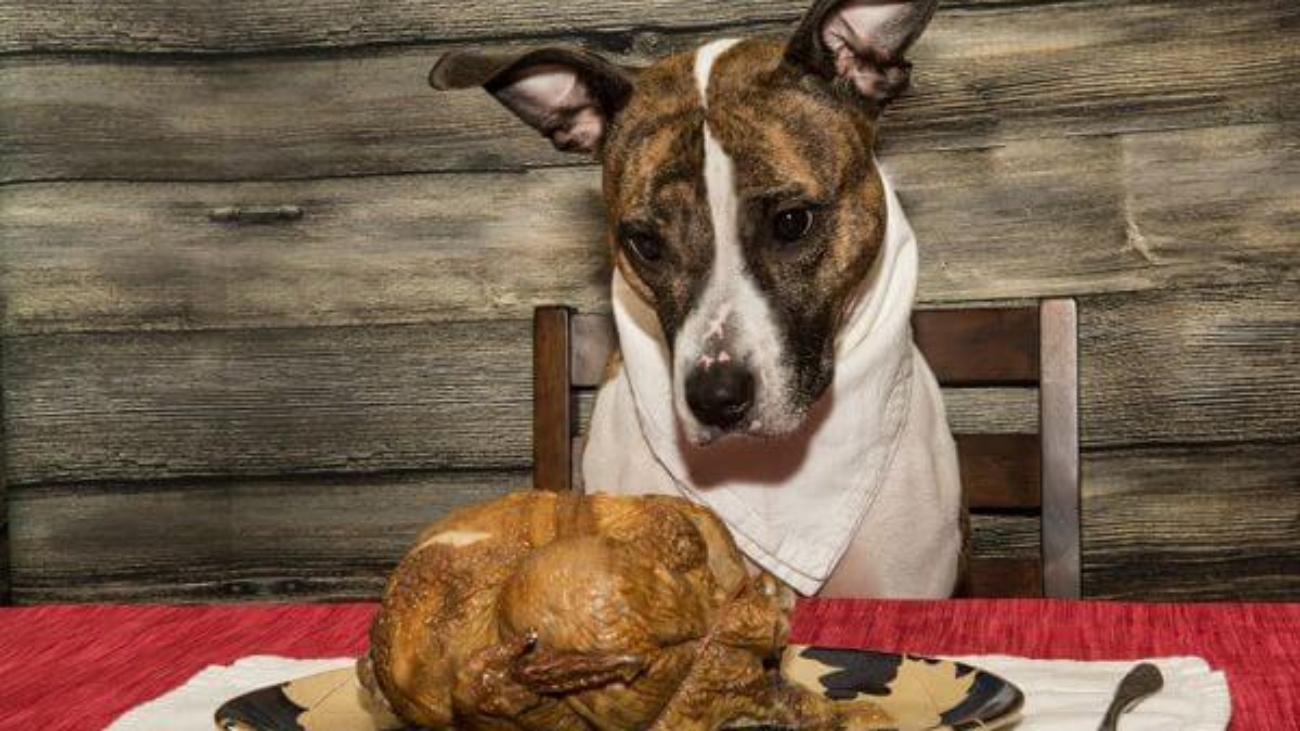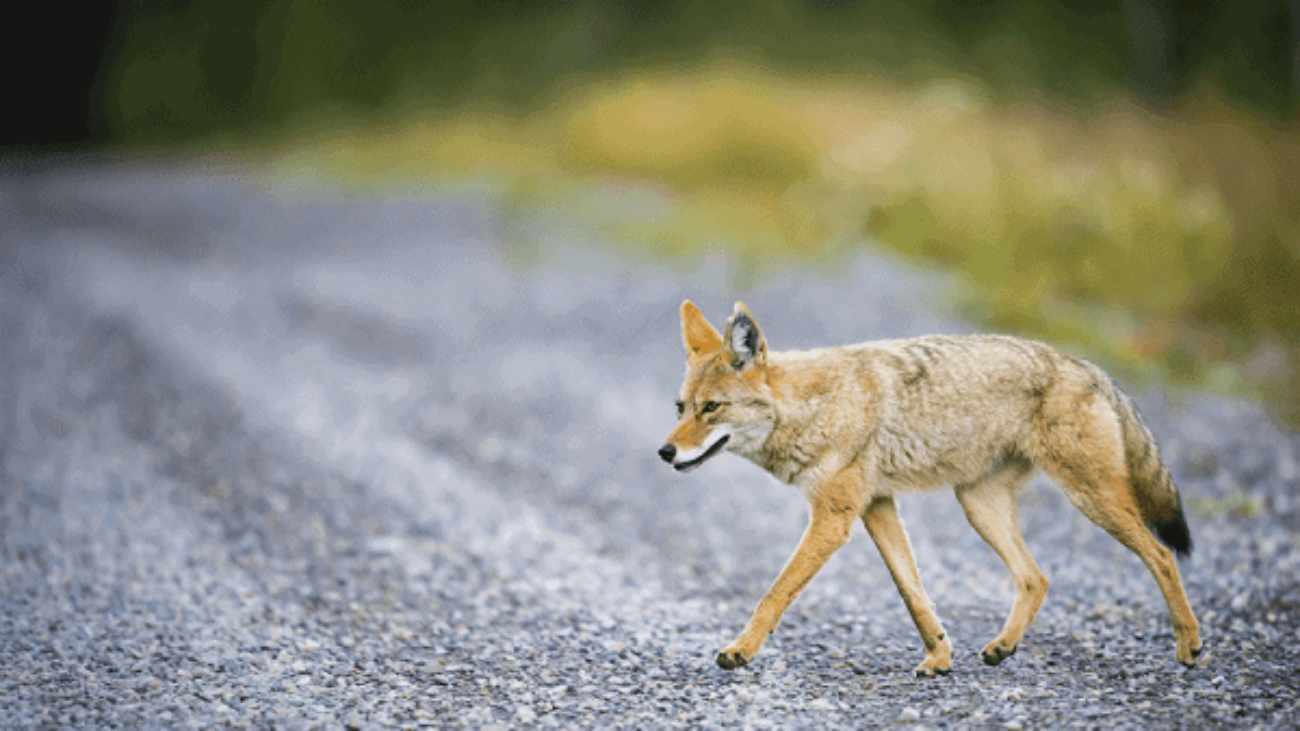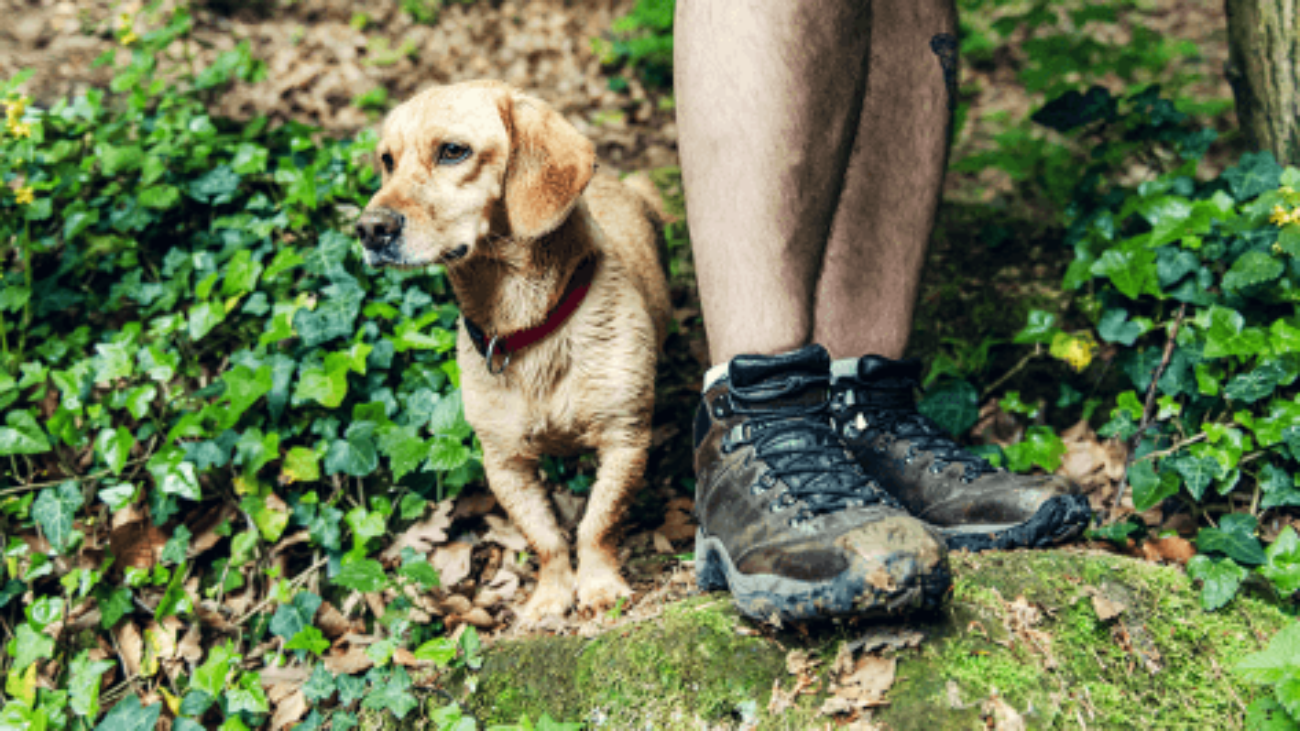St. Charles, MO, November 24, 2020 – With the holidays right around the corner, it is the perfect time to get Fido in on the fun and share some of your family meal. But can dogs eat turkey, sweet potatoes, and other holiday staples?
Can Dogs Eat Turkey?
The short answer is yes, dogs can eat turkey, but the turkey you’re eating at Thanksgiving is most likely not safe for your pup. Extra salt and spices can upset your dog’s digestive system, so avoid feeding them seasoned meat. Instead, give your dog cooked, unseasoned turkey with the skin removed. Turkey is an excellent source of digestible protein, and it might actually be better for your pup than chicken or beef. In fact, many commercial dog foods are made with turkey meal. So as long as the meat is cooked, unseasoned, and deboned, it’s safe for your dog to eat turkey in small quantities.
Can Dogs Eat Sweet Potatoes?
Our dogs here at Petropolis LOVE sweet potatoes. In fact, they’re in some of the treats we give them and many commercial dog foods. Unseasoned, baked sweet potatoes make a great low-fat, high-fiber snack for your furry friend. For small or older dogs, we suggest peeling and mashing them.
Can Dogs Eat Bones?
It’s tempting to toss your dog the bones from your ham or turkey after dinner, but it is actually very unsafe to give dogs cooked bones. When they are roasted, the bones become brittle and splinter easily. This can be dangerous for your pet.
Raw bones, however, are completely safe for dogs (and cats!), and they contain essential nutrients and minerals that your pet might not get elsewhere. Small bones can be a choking hazard, but large raw bones are the perfect scrap to feed your dog.
Can Dogs Eat Pumpkin?
Letting your pup take a bite out of your jack-o-lantern after Halloween might seem like a fun Instagram opportunity, but it’s definitely not safe. Those pumpkins could be full of mold and bacteria from sitting on the porch for days.
Instead, feed your dog fresh or canned pumpkin, either cooked or uncooked. As long as it’s unseasoned and unsweetened, pumpkin is perfectly safe for dogs. We love feeding canned pumpkin puree (not pie filling) to our dogs. It’s quick and easy, and dogs love it.
Food That Is Dangerous For Dogs
There are far more dangerous than safe foods for your dog on your holiday table. Avoid feeding these foods to your dog this holiday season:
- Onion, garlic, and spices
- Xylitol and other artificial sweeteners
- Salt
- Raisins and grapes
- Walnuts and macadamia nuts
- Pitted fruits like peaches and persimmons
- Alcohol
- Caffeine
- Dairy products
- Fat trimmings
- Avocado
- Chocolate
When in doubt, ask your vet what is safe for your pet to eat. It’s fun to share our food with our dogs, but their health and safety is the most important thing.




